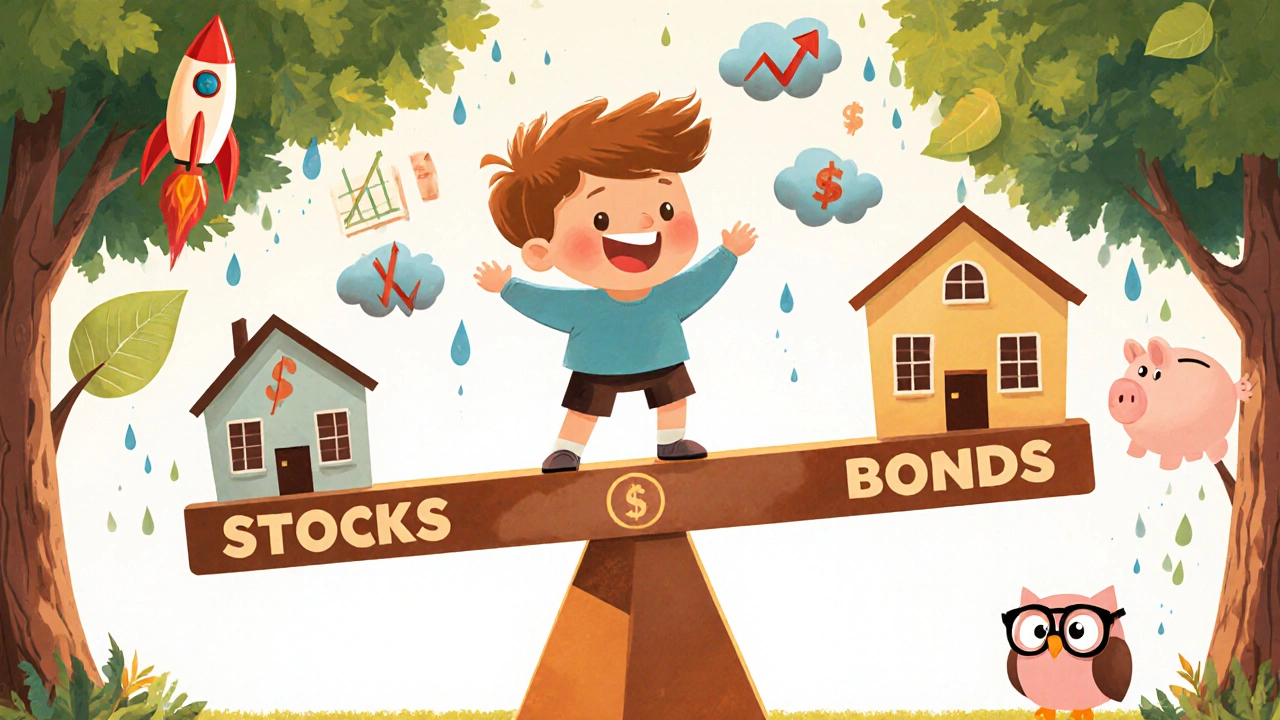Stocks to Bonds Ratio: How to Balance Risk and Return in Your Portfolio
When you think about your portfolio, the stocks to bonds ratio, the percentage of your investments divided between equities and fixed income. Also known as equity-to-fixed-income allocation, it’s the single most important decision you make—not because it’s complex, but because it determines how much you sleep at night when markets crash. This isn’t about picking winning stocks or timing the market. It’s about how much risk you’re really carrying, and whether your portfolio matches your goals, timeline, and nerves.
Most people start with a simple rule: 60% stocks, 40% bonds. But that’s just a starting point. If you’re 25, you might hold 90% stocks because you have decades to recover from drops. If you’re 65 and relying on income, 40% stocks and 60% bonds might keep you from selling low during a downturn. The asset allocation, how you divide your money across different types of investments isn’t static. It drifts. When stocks surge, your 60/40 mix might become 70/30 without you lifting a finger. That’s why portfolio rebalancing, the process of buying and selling to return to your target mix matters more than most people realize. You don’t need fancy tools—just a calendar and the discipline to check in once a year.
The bond investing, the practice of buying debt securities to earn steady interest side of your portfolio isn’t just a safety net. In today’s high-rate environment, bonds can actually outperform stocks over short periods. Floating-rate notes, for example, rise with interest rates, protecting you when the Fed hikes. And while stocks react to news and sentiment, bonds often move on predictable schedules—coupon payments, maturity dates, credit ratings. That’s why smart investors treat bonds like a stabilizer, not a backup plan.
Here’s the truth: your stocks to bonds ratio isn’t about maximizing returns. It’s about surviving them. The biggest mistake investors make isn’t picking the wrong stocks—it’s holding too much of them when they can’t handle the ride. That’s why annual checkups, fee reviews, and tax strategies all start with this one number. If your portfolio’s risk level doesn’t match your life stage, no amount of clever trading will fix it.
Below, you’ll find real-world guides on how to adjust this ratio, when to shift from growth to income, how fees eat into your bond returns, and why rebalancing isn’t just a chore—it’s your best edge in volatile markets. No fluff. Just what works.



